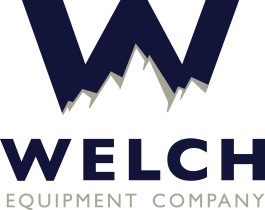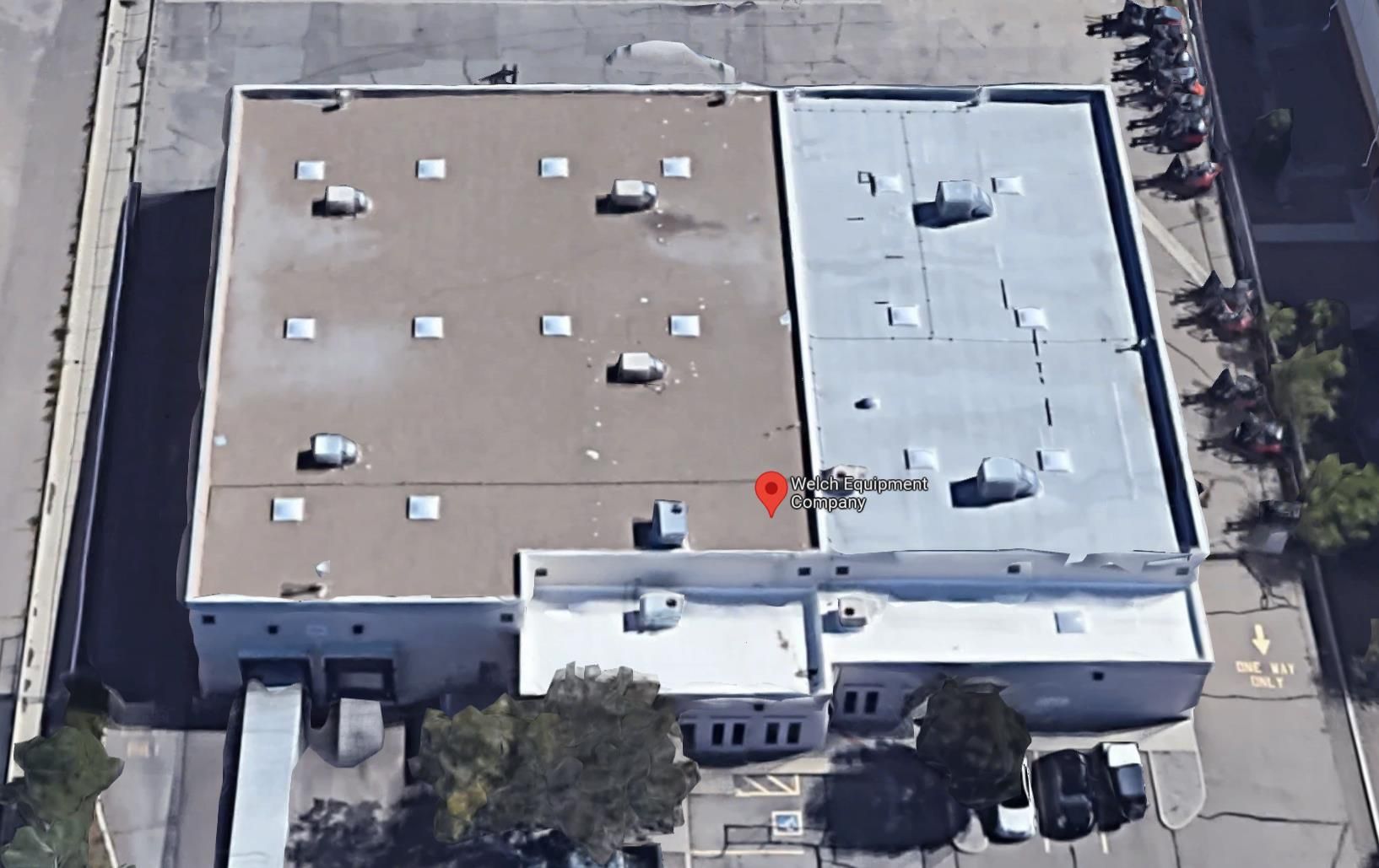What Is Push Back Racking?
Push back racking (also referred to pushback rack) is an extremely efficient pallet storage system that configures pallet lanes anywhere from 2 to 6 units deep. Pallets ride on linked carts that are pushed up a gradual gradient as units are added, or “pushed back” from the front of the rack.
When products are later pulled, the pallet immediately behind the first position pallet slides back down the slope to the front position.
Push Back Rack Advantages And Disadvantages
Pushback rack is ideal for many operations, but isn’t suitable for every warehouse. There are several benefits and drawbacks to investigate.
Higher Density Storage
Given that push back pallet racks can hold between 2-6 pallets in any particular lane, they can reclaim somewhere from 1-5 aisles, which can be a significant amount of warehouse space.
Less Forklift Travel
By eliminating aisles, forklifts don’t have to rack up as many hours, saving time and equipment wear. Diminished forklift movement also makes a safer environment inside the warehouse. Reduced forklift traffic is an easy way to guarantee a lower number of collisions.
Greater Selectivity
Pushback rack gives warehouse managers an ideal combination of storage density and selectivity. In contrast to drive-in rack, where full bays are generally a single SKU, pushback rack provides straightforward access to many more pallet slots from the aisle.
LIFO Configuration
Dissimilar to pallet flow rack, which is a First In First Out (FIFO) style of system, push back rack is a Last In First Out (LIFO) type of plan. LIFO systems are not a good option for products with an expiration date, because items that are loaded first can sit for long periods of time as inventory is added and depleted from the rack face.
How Does Push Back Racking Work?
Push back rack configurations include a couple of rails pitched toward the aisle and a set of nested shuttles which travel on these rails.
The first pallet is loaded on the uppermost cart by a lift truck. When another pallet is added, the forklift operator nudges the original pallet back and places the next pallet on the second cart. The last pallet positioned in the lane rests on the tracks.
As push back rack is unloaded, carts of products slide down the tracks. An operator can pull each pallet in succession until the lane is empty, or introduce new pallets, refilling the lane.
Push Back Pallet Racking For Sale
If you’re in the market for a push back racking system, call a racking expert at Welch Equipment now. Our warehouse design professionals can help you find a system that is perfect for your operation.




